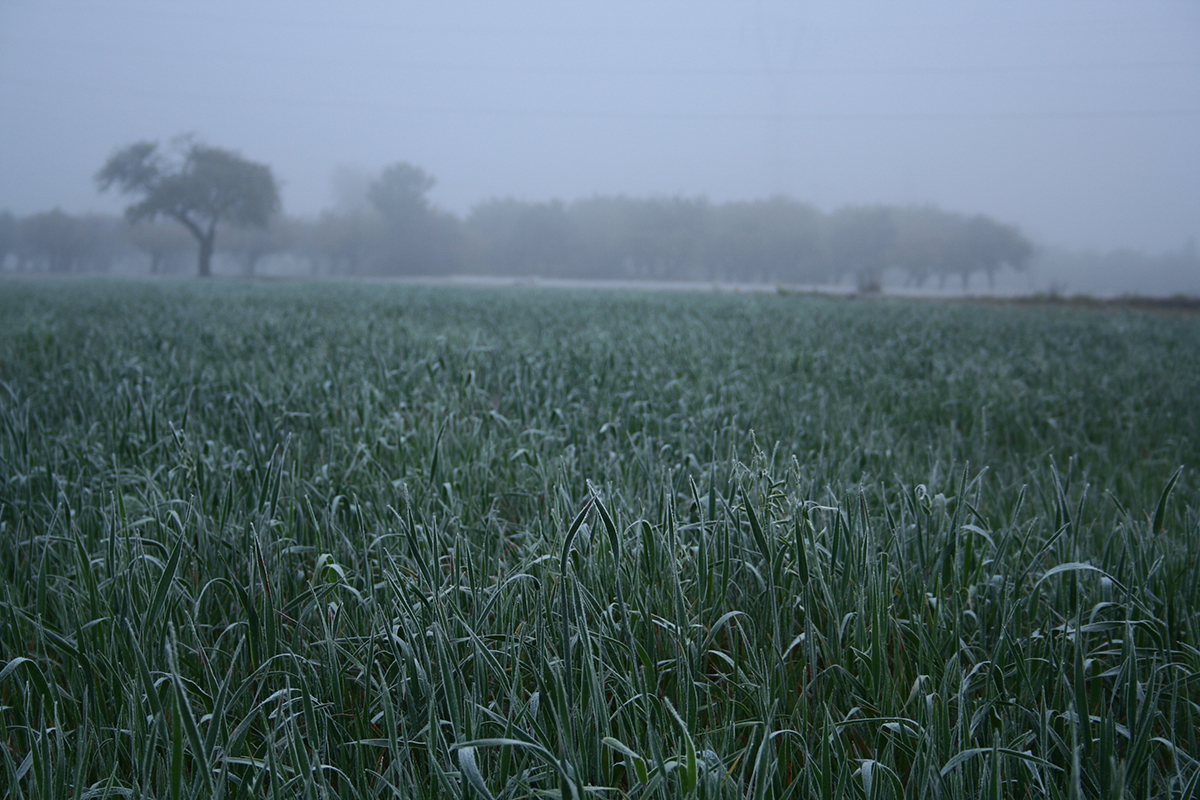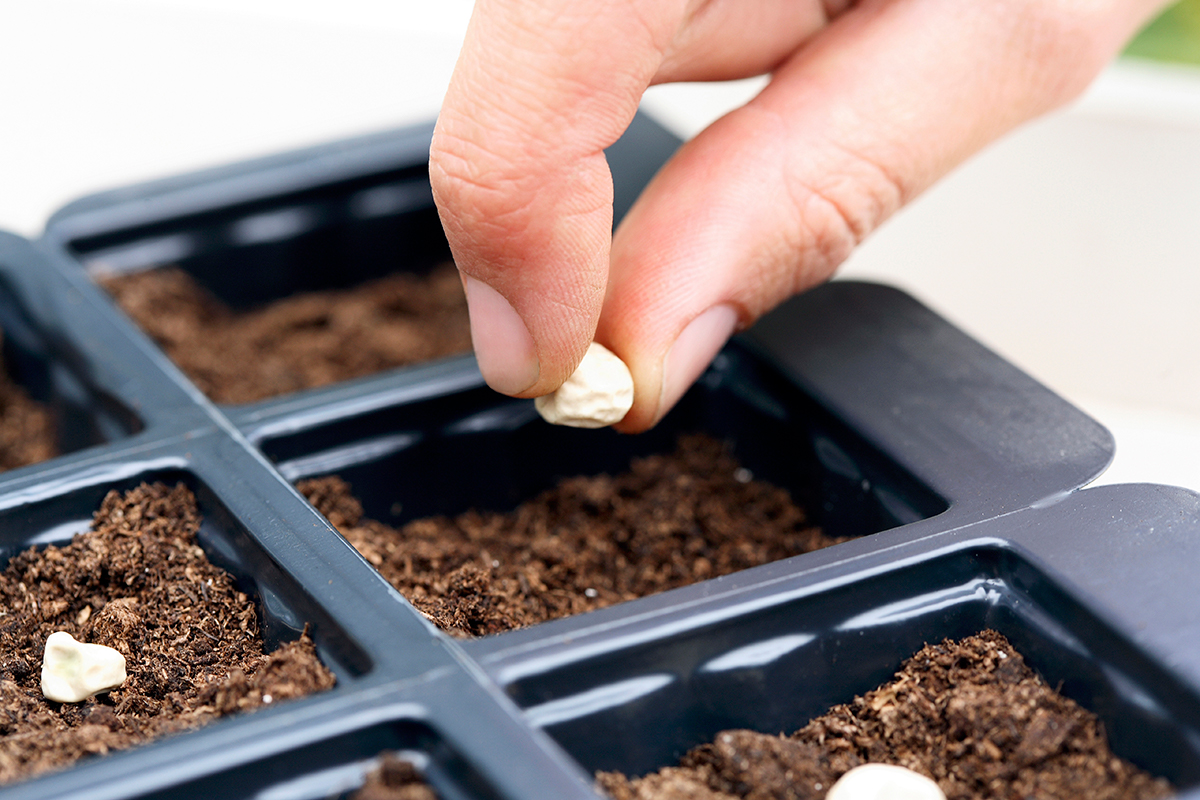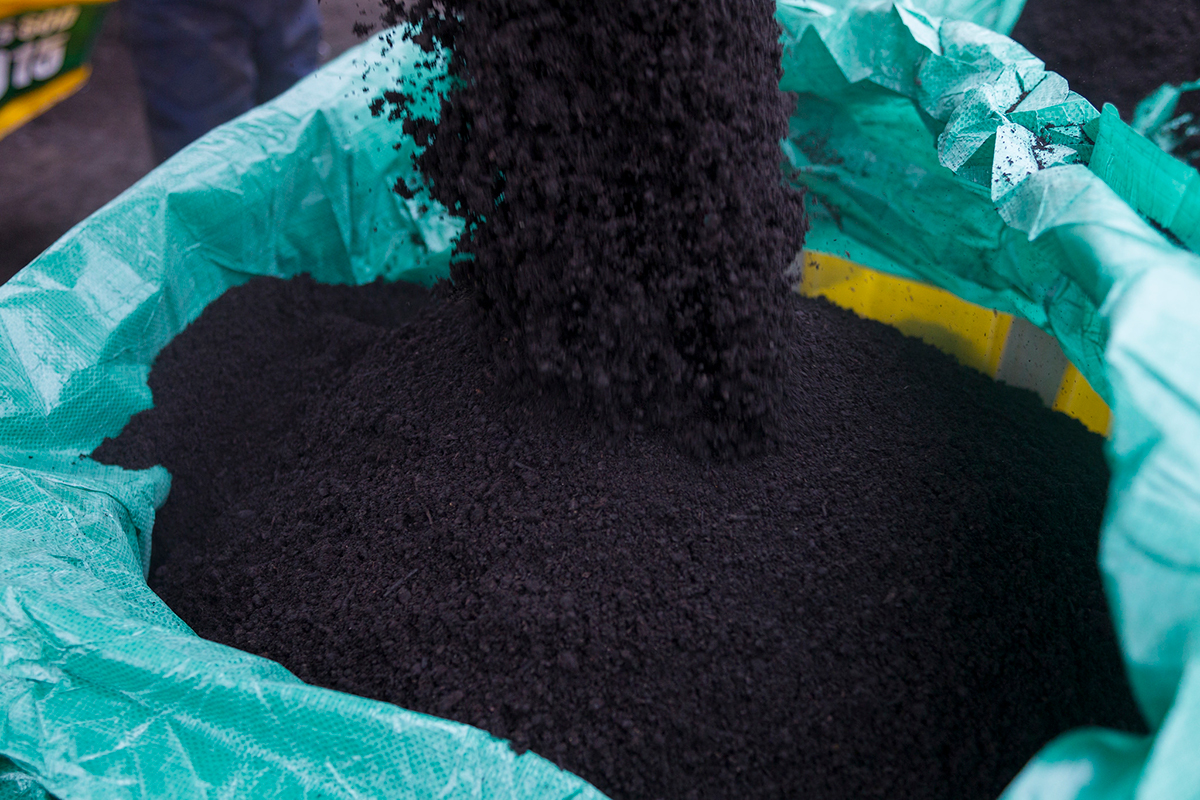Spring Weather: Coping with Erratic Conditions!
Spring time as a gardener. It’s hard, we know. Winter’s here, then it’s gone. Suddenly it’s back, then we get a week where everyone’s in shorts and T-shirts, only to have it capped off with another ice storm.
It doesn’t matter how warm February is… A sunny March can be tempting… When it comes to gardening in North America during spring, your best bet is still to follow the conventional wisdom: wait for consistently warm weather before you plant outside.
But there is no need to feel like your trowel is trapped until then… Even when you’re stuck inside on a cold day in February, there are still plenty of gardening-related things you can do!
Early Spring Garden Planning
One of the earliest things you can do is take measurements of your space and figure out what you want to plant, and where. Take note of considerations like how much sun or shade areas get, where your high ground and low ground is, and where your high-traffic areas are. It’s also a good idea to take note of where you have trees, bushes, perennials, etc.
Then, grab some paper and a pencil, and start mapping it out. Do you want to keep the beds you’ve already established, or is it time for an adjustment? Are you going to plant just flowers this year, or do you want to grow some of your own food? Even if you’ve had your garden for decades, this is your chance to go a little wild. Use your imagination and get creative! If you had no limitations whatsoever, what would your garden look like? And what’s stopping you from achieving that?

Set Spring Goals and Reach Them!
The last bit of winter is also a great time to start growing your seeds. There are so many different ways to get seeds. While some people like to buy them at the end of the season and save them, others page through the catalogues to make their selections. Computer-savvy gardeners know that with a few clicks of a mouse, they can have their seeds delivered to their door.
If you haven’t done it already, consider joining your local horticultural society. Those folks will have not only a wealth of knowledge that they’ll be more than eager to share with you, but oftentimes, you’ll find new friends who are ready to do a seed swap with you, opening up even more possibilities for your garden.
Planting and starting your seeds is the next step! Some gardeners swear by washed-out paper coffee cups, others like to use plastic yogurt containers. You’ll figure out what works best for you.

Spring Ahead with BigYellowBag
We recommend you use BigYellowBag Black Garden Soil to plant your seeds. Because of its light and fluffy properties, the soil makes a perfect medium for retaining moisture but it also drains quite well. Besides being packed with essential nutrients and organic matter to give your seedlings the ‘food’ they need to grow healthy and strong, BigYellowBag Black Garden Soil is made up of a mix of black loam, peat loam, well composted manure, and a touch of sandy clay loam for stability.
Your planted seeds will like areas that warm the bottoms of the containers. The top of the refrigerator is a good place! Water them carefully, to make sure you don’t disrupt the soil too much. Be careful if you use a pitcher of water, because it might be too forceful. A turkey baster is a good option, because it gives enough water without overpowering your seeds. Using a spray bottle to mist them is a gentle method, but it can also take a while.

After your seeds have sprouted, it’s time to give them light. As they get bigger, you might want to start separating them into different pots. They might need plenty of room to grow.
Spring is a beautiful season, but let’s be honest – part of what makes it so amazing is the anticipation!

